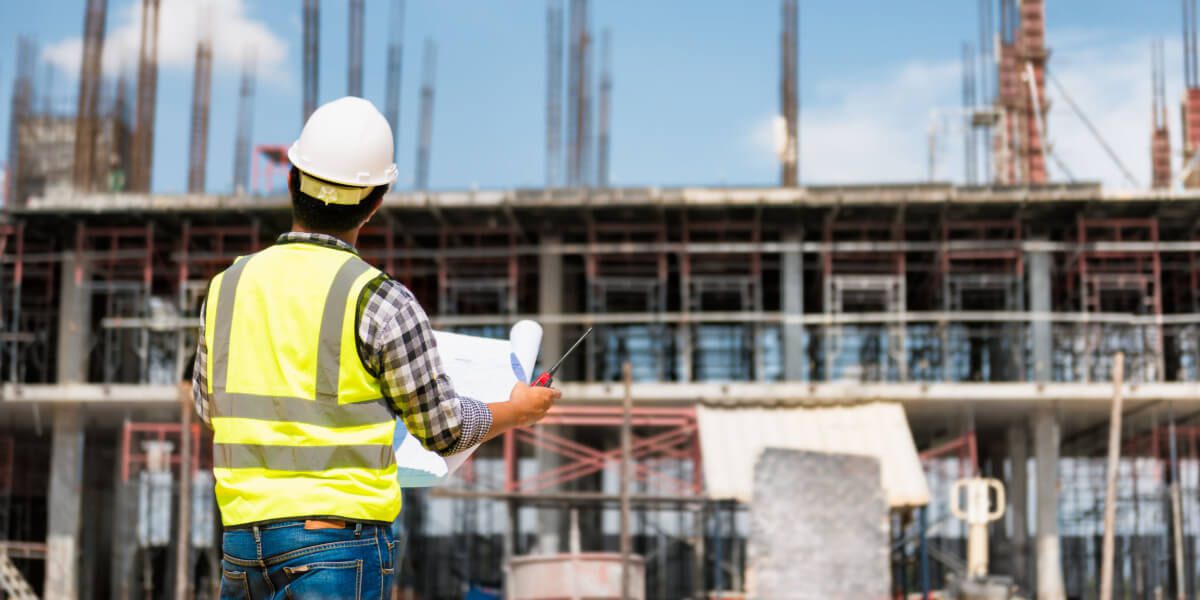Restoring Old Houses: Issues and Resolutions
Renovating heritage properties is a journey that combines respecting the past with the needs of modern living. These homes are often steeped in rich history, showcasing special design details that echo the time in which they were built. However, performing construction renovations in these treasured edifices presents a unique set of challenges.
From navigating tough preservation regulations to dealing with antiquated plumbing and electrical networks, homeowners and contractors must be equipped for an intricate task. It often requires a delicate balance between maintaining the home's identity and adhering to current safety standards. Despite these hurdles, the fruits of restoring a historic home can be significant, creating a living space that not only honors its history but also meets the needs of today’s residents.
Comprehending Historic Conservation Regulations
Historical preservation laws function a critical role in the restoration of historical properties, ensuring that the architectural and cultural plus heritage importance of these structures is preserved. These laws can differ greatly by region, often affected by local, state, and federal regulations. Getting acquainted oneself with these regulations is essential for property owners and builders alike, as they dictate what changes can be made and set standards for preserving the original identity of the property.
During rehabilitating a historical home, it is crucial to evaluate whether the property is registered on a national or local historic register. Listings generally come with particular requirements that must be complied with during renovation projects. Property owners may need to talk with preservation commissions or agencies that manage these regulations to gain necessary permissions, rendering the process more intricate than regular renovations. Comprehending these requirements in advance can help simplify the renovation task and eliminate legal problems.
Additionally, conformity with conservation laws often requires utilizing designated materials and techniques that correspond to the building's original style. Such attention to detail not only enhances to the artistic quality of the property but also assists maintain the continuity of the community's historical narrative. Therefore, partnering with specialists experienced in historic restorations can assist steer through these regulations effectively, ensuring that the restoration is both legally abiding and considerate of the building's history.
Common Restoration Difficulties
Renovating historic houses frequently poses a particular series of issues that can hinder construction work. One of the most critical obstacles is complying with local preservation guidelines and rules. Each historic area may have specific rules regarding what can be changed, repaired, or replaced, which can restrict homeowners' decisions and lengths of initiatives. Understanding the legalities can demand extensive research and collaboration with conservation experts, which makes the preparation period more lengthy.
Another common challenge involves the uncovering of concealed problems within the property. Older homes may have physical weaknesses, obsolete electrical systems, or plumbing that does not meet contemporary standards. As repairs progress, builders may identify surprising challenges that need quick attention and can lead to increased project financial outlays and deadlines. Homeowners must be equipped for these unexpected developments and have a flexible budget to accommodate potential maintenance.
Finally, sourcing materials that match the authentic elements of the vintage home can be a formidable task. Many vintage homes feature distinctive designs and materials that are no longer commonly available. Finding genuine materials can sometimes necessitate significant waiting periods and may involve tailored manufacturing, which contributes to the overall complexity of the project. Managing the need for authenticity with current effectiveness can create further layers of complexity for those undertaking such initiatives.

Innovative Approaches for Revitalization
In the process of restoring historic homes, innovative solutions have emerged to tackle common problems. One approach is the application of advanced materials that replicate historical elements while providing enhanced durability and energy efficiency. For instance, composite wood sidings can simulate the look of traditional timber while demanding less maintenance and resisting rot. By merging modern technology with timeless aesthetics, renovators can maintain the character of a home while meeting contemporary standards.
Another beneficial solution lies in the installation of sustainable systems designed specifically for antique structures. Modernizing heating, ventilation, and air conditioning (HVAC) systems can substantially improve a home's performance without diminishing its historical integrity. Ductless mini-split systems, for example, offer heating and cooling options that require minimal alterations to the building's architecture, protecting original ceilings and walls while guaranteeing comfort throughout the seasons.
Finally, incorporating smart home technology has shown helpful in rehabilitating historic homes. Smart thermostats, lighting systems, and security features can be seamlessly fitted into these properties, enabling homeowners to relish modern conveniences without taking away from the heritage essence of their residences. This integration guarantees that while the homes retain their charm and character, they also perform successfully in today's market by providing sustainability and convenience.